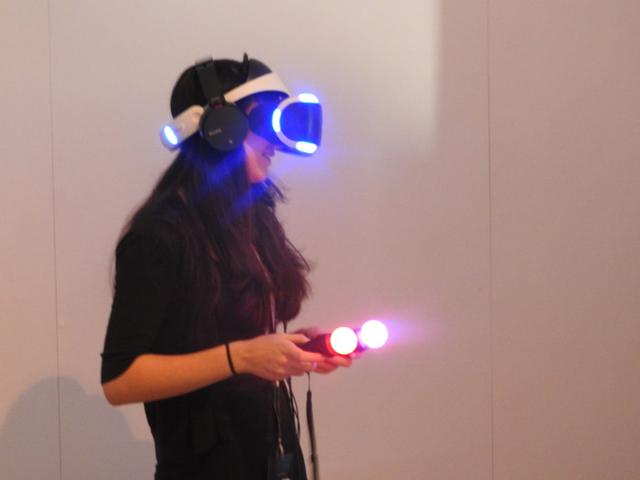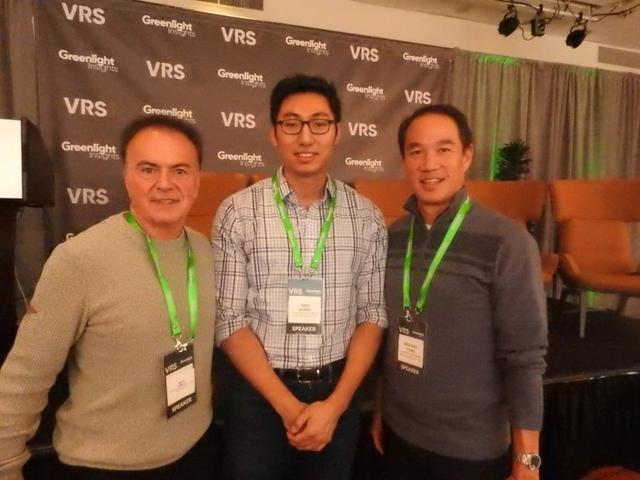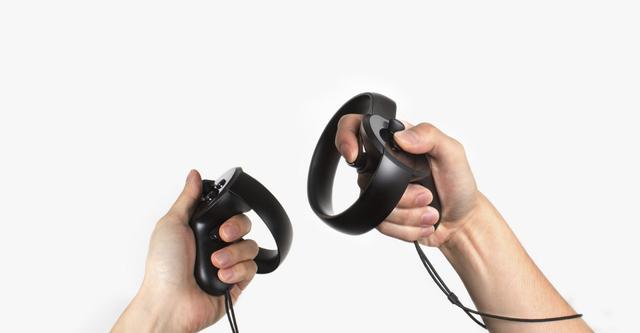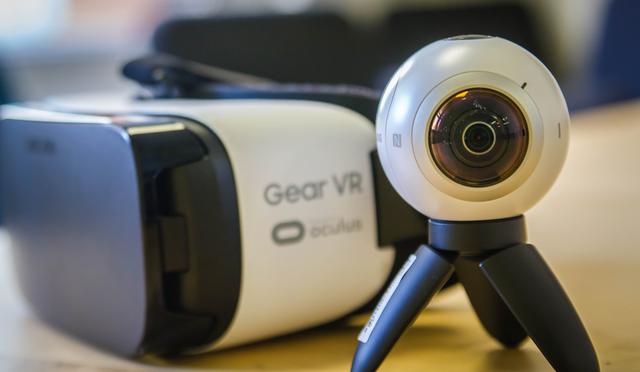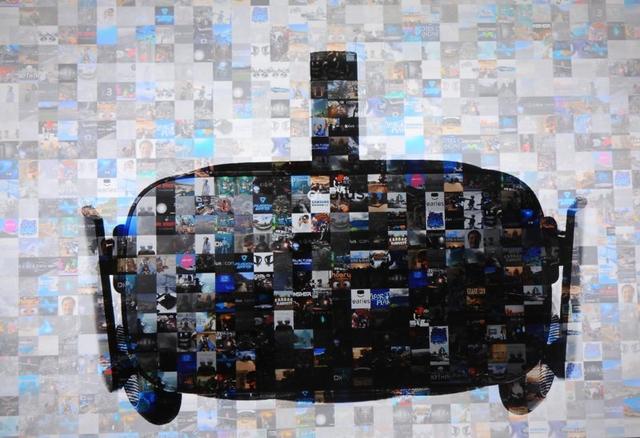Is VR a bubble? This question is currently inconclusive. According to foreign media Digi-Capital, venture capitalists only invested $500 million in the AR/VR industry in the third quarter of this year, of which 65% came from mainstream traditional venture capital firms. By 2020, the AR/VR industry is expected to reach US$120 billion. A few days ago, at the VR strategy conference held in San Francisco, AR/VR industrial analysis organization Greenlight Insights organized a symposium to study the data in depth. Participants include: Toby Zhang (pictured below, hereinafter referred to as Zhang): Co-founder of Youku Frontier Technology Fund. The fund was jointly established by Youku and Huayan Capital and is headquartered in San Francisco, USA. It focuses on the latest development of media, AR/VR and artificial intelligence in the United States and China. Marco DeMiroz (left, below, Mark): 50 million USD VR fund partner. The fund focuses on VR, AR, and MR and has 14 companies. It plans to expand to 20 during the year. Michael Yang (right below, below referred to as Yang): General Manager of Comcast Venture Capital. The company is headquartered in the Bay Area and has a history of 17 years. It has invested in 7 AR/VR companies, including Mark's Fund. The following is a summary of the conference content: Mark: Only last month, Yang and I participated in three such forums. At present, only a few traditional venture capital funds have joined this field. This is both a challenge and an opportunity. Obviously, Youku is an investment company with high distribution capabilities and strategic benefits. It is said that 65% of the funds come from mainstream traditional venture capital companies, and they have already started A round and B round of financing. We will continue to cooperate with them and expand the scope of cooperation. At present, AR/VR industry investment accounts for only 5% of the operating rate of traditional wind investment funds. We need to join traditional venture capital funds other than Comcast and take the lead to enter the market. Only in this way can we establish price integrity and provide patient and stable partners for newcomers. Currently there are special performances by Marco, Yang, and Zhang. I hope other groups can join us. Yang: Of the seven previous investments, only three were initiated by us. Two of them were Series A financing and one was Series C financing. The other four pens are either A rounds or seed rounds. To be honest, taking into account the characteristics of the industry, there is no so-called medium- or late-stage opportunity. If you want to participate, you have to devote all your energy. If you can not only continue to appear in the appearance of war. Zhang: The past year and a half have been surging. VR was extremely popular and attracted large amounts of money from the West Coast of the United States and eastern China because its investment valuation was higher than traditional areas. The market has cooled slightly this year, and prices and valuations have begun to return to normal. From an investment point of view, the companies we focus on must have both good business models, high technology, and survival strategies. The VR market is an exciting new trend. However, if it fails to take off as quickly as expected, is there a company that can continue to develop steadily? This is the focus of our observations. Marco: I am very optimistic about the mobile VR industry, but it must first be portable and easily accessible. Since 2011, the free economy model has surpassed the charging economy model. This is also the future development trend. Chinese hardware manufacturers have introduced various low-cost portable VR devices that are worth learning from. We are also planning to sign a web VR project in the near future. Although there is no clear direction in this area, Google and Oculus have stepped in and will soon make progress. Yang: VR also has great potential in health management, such as fitness, nutrition, and diabetes diet management. It is very interesting to accept behavioral intervention in an immersive environment. Some companies have attempted to introduce VR in treatment protocols and protocol development. Zhang: I am studying full-capacity capture and live broadcast technology. It allows users to visit the stadium and get in touch with athletes. At present, we are actively seeking related cooperation. Marco: We do not advocate long-term, high-input projects. If someone proposes that 3 million U.S. dollars should be used to start the funds, it means that the completion of the entire game will require 15 million U.S. dollars. No investor will be so blindly invested. Mobile VR development needs to be flexible. Learn, innovate, and improve... Google and Oculus invest in you. But don't expect to reach the scale of home hosting projects. Zhang: The content creator must take into account various platforms. It is necessary to provide a high-end experience on a powerful platform, but also to allow a weaker platform to run. The computing power of mobile phones will continue to increase, and the effectiveness of mobile phone VR will surely become better and better. It will eventually narrow the gap with high-end platforms. In addition, the mobile phone is not just a display, it is also a capture device. Our parent company can use mobile phones for both 2D and 3D live streaming. The live broadcast industry has formed scale in the United States and Asia. We intend to provide them with better AR/VR technology. Oilfield Gas Generator,Gas Power Generator,Green Power Gas Generator,Small Gas Generator Jiangsu Vantek Power Machinery Co., Ltd , https://www.vantekpower.com